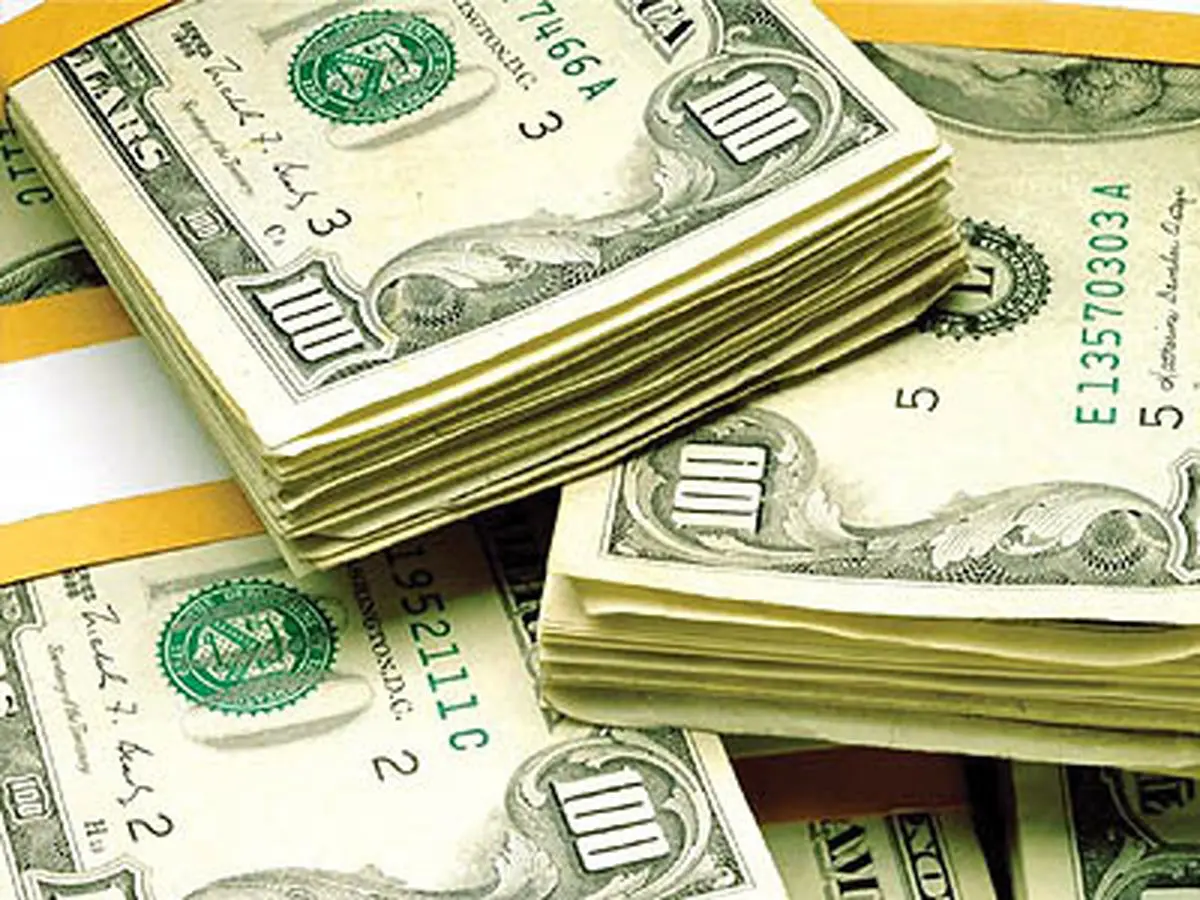Dollar holds firm as U.S. bond yields jump

The dollar inched ahead on Wednesday, as a jump in U.S. yields pushed it higher against the Japanese yen, while the kiwi briefly hit a one-month low after the central bank extended its bond buying programme.
The yield on 10-year U.S. debt, which rises when bond prices fall, made its steepest gain in two months on Tuesday ahead of the largest ever 10-year auction later on Wednesday.
That triggered a wave of gold selling, which deepened in Asia, and it has pressured the yen as better returns on U.S. debt lures investment from zero-yielding Japan.
The yen fell 0.24% to 106.76 per dollar, its lowest since July 24. The tumbling gold price, which has dropped roughly 7% in two days, also dragged on the Australian dollar since Australia is the world’s second biggest gold producer.
The Aussie fell 0.35% to $0.7120 while the New Zealand dollar fell 0.5% to $0.6547.
Elsewhere in financial markets, the focus was on the political holdup in Washington over a new stimulus package, which capped broader investor sentiment.
The jump in yields was driven by both repositioning ahead of big debt issuance this week and a sense that the global recovery is looking broader and more robust - a mood helped somewhat by Russia hailing the approval of a COVID-19 vaccine.
“Investors have been positioning themselves to buy back dollars they had sold against the yen,” said Mitsuo Imaizumi, chief FX strategist at Daiwa Securities, adding that a short squeeze was seen as the U.S. yields spiked.
Against a basket of currencies, the dollar extended a bounce made last Friday as U.S.-China tensions ratcheted higher with President Donald Trump’s ban on TikTok and WeChat.
It last sat at 93.846. Against the euro the greenback was a tad firmer at $1.1718 and against the pound it extended Tuesday gains that followed a weak British jobs report to hit $1.3021 per pound.
The dollar index has slumped 9% from a three-year high it hit in March and lost 4% in July alone, leaving investors divided over whether the support the greenback has found in August amounts to a bounce or a pause in its decline.
END
